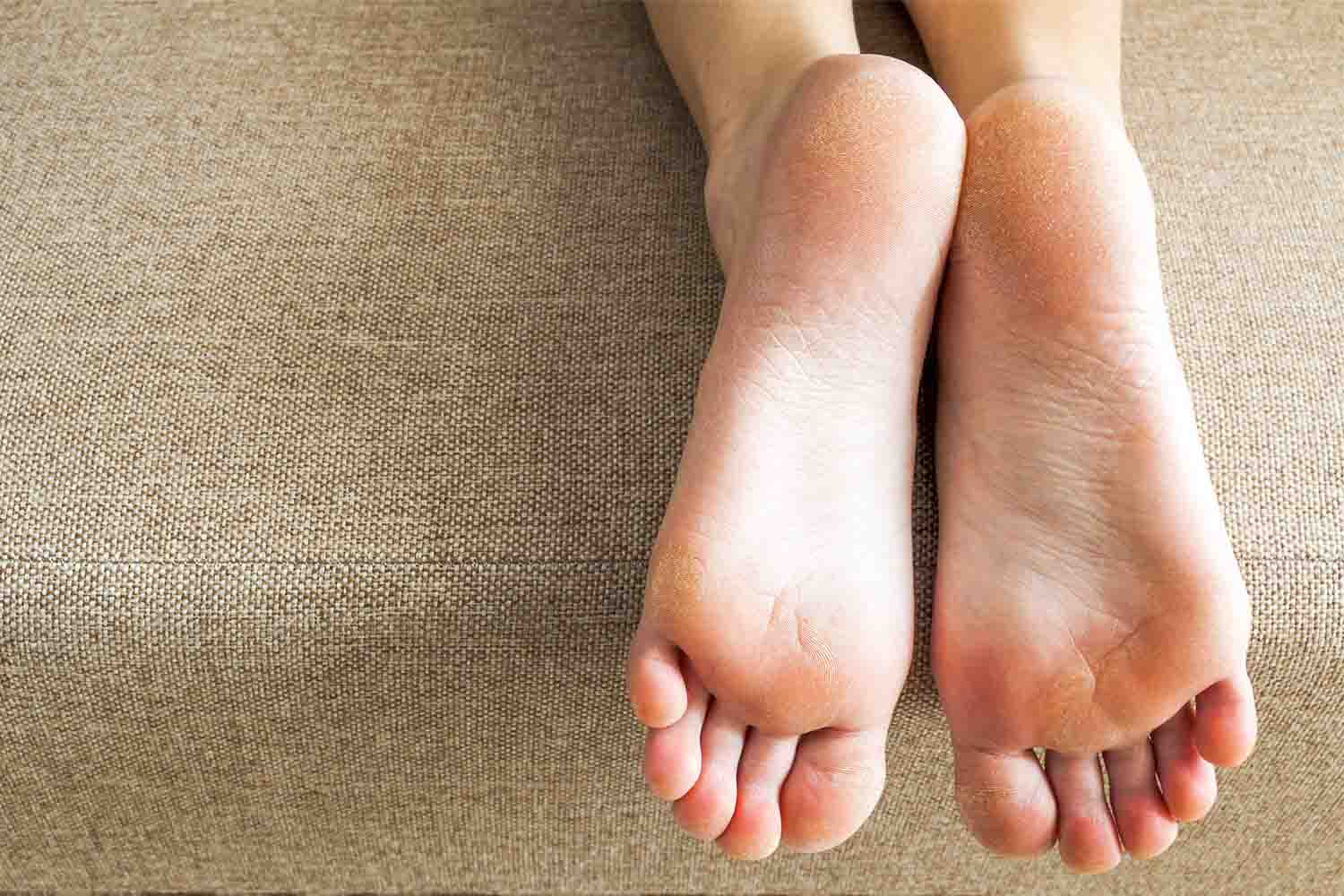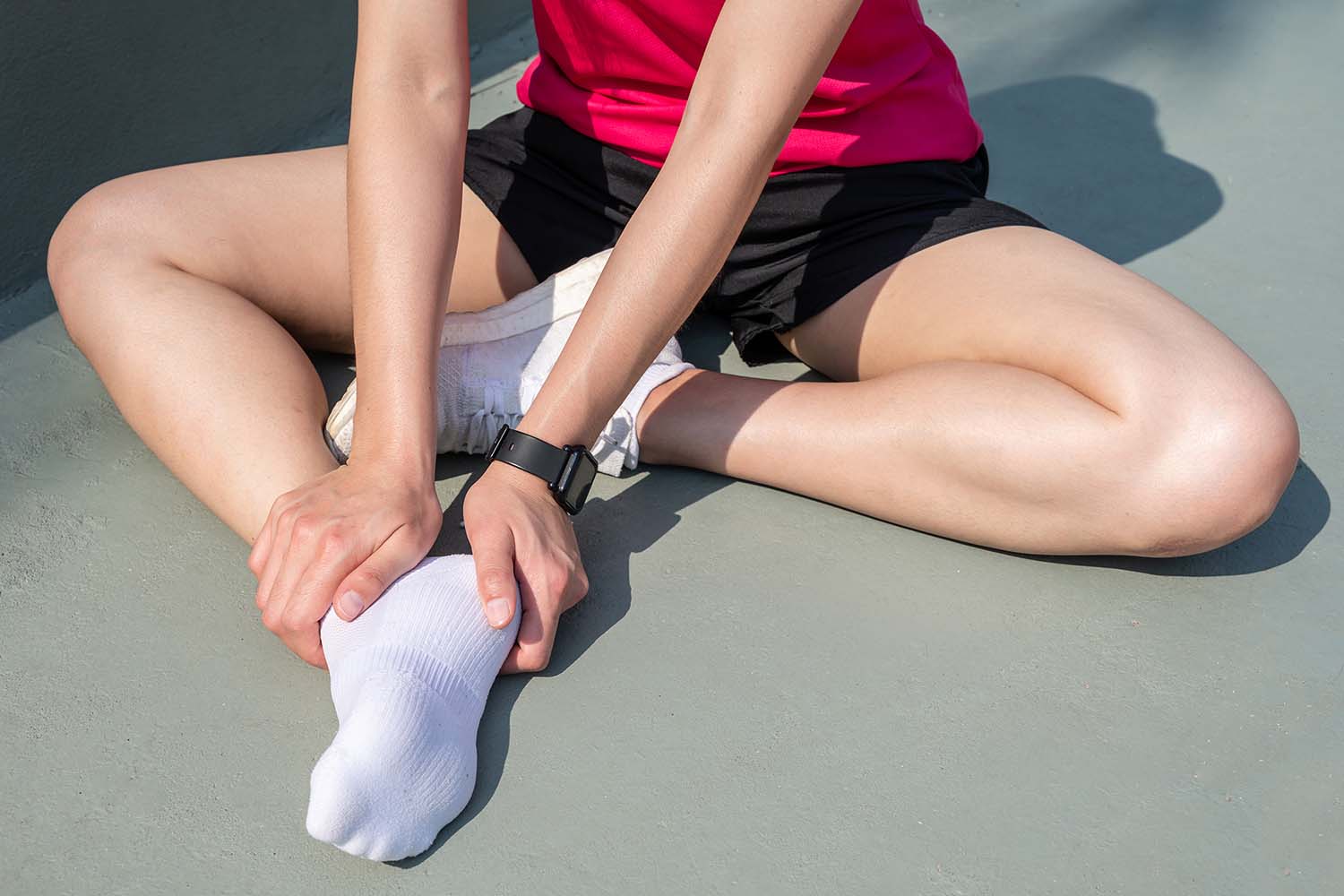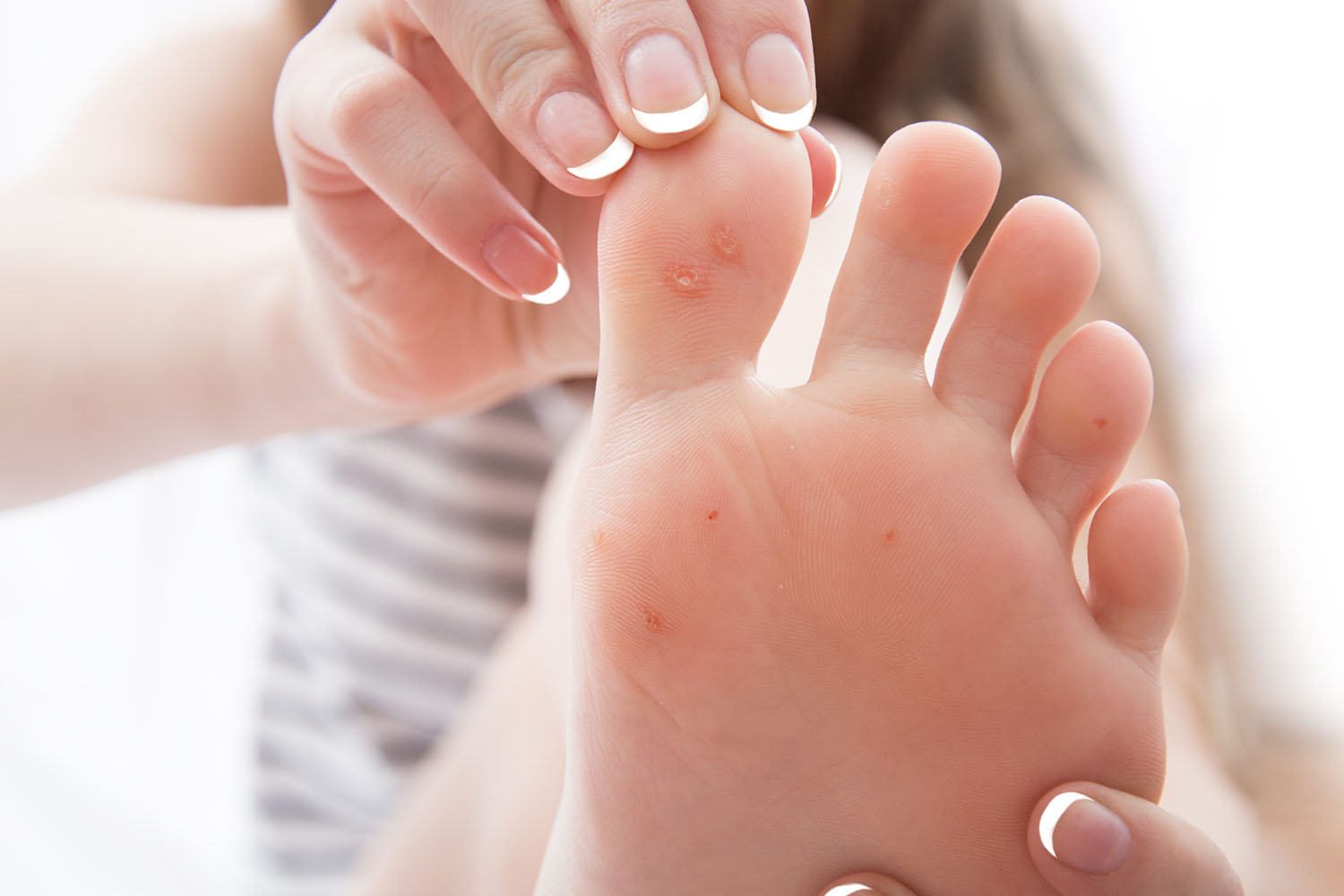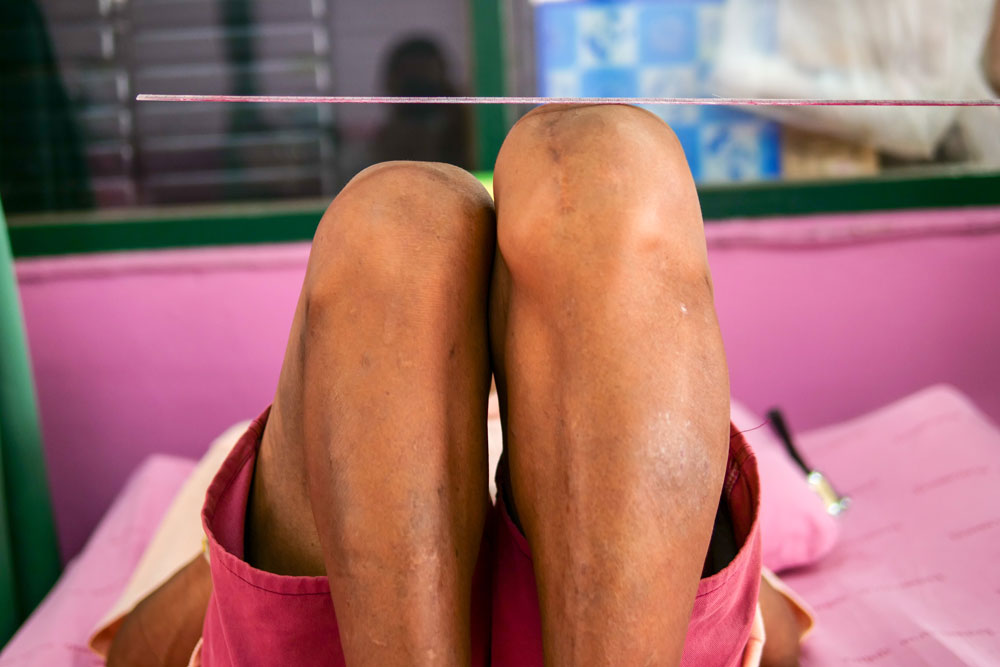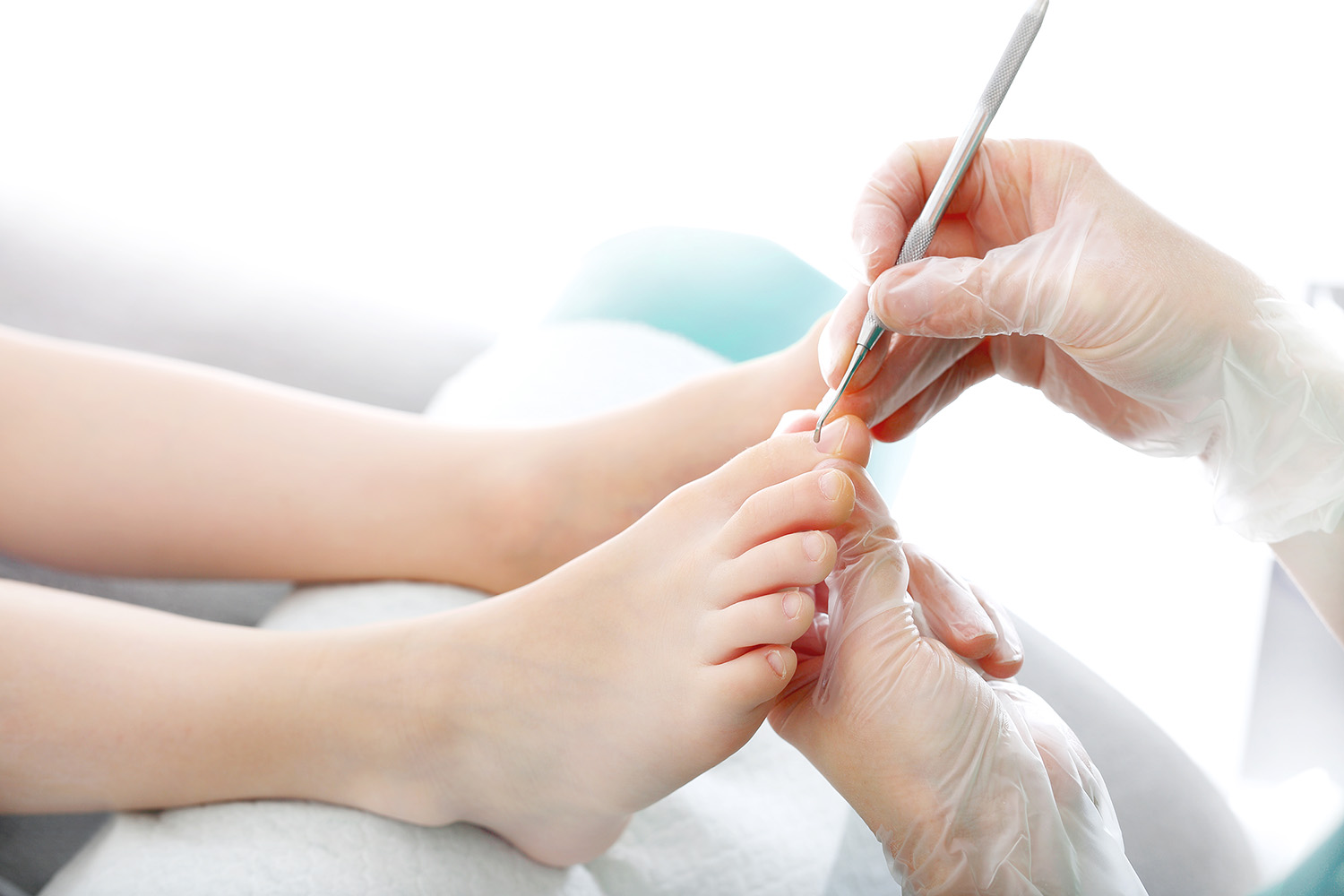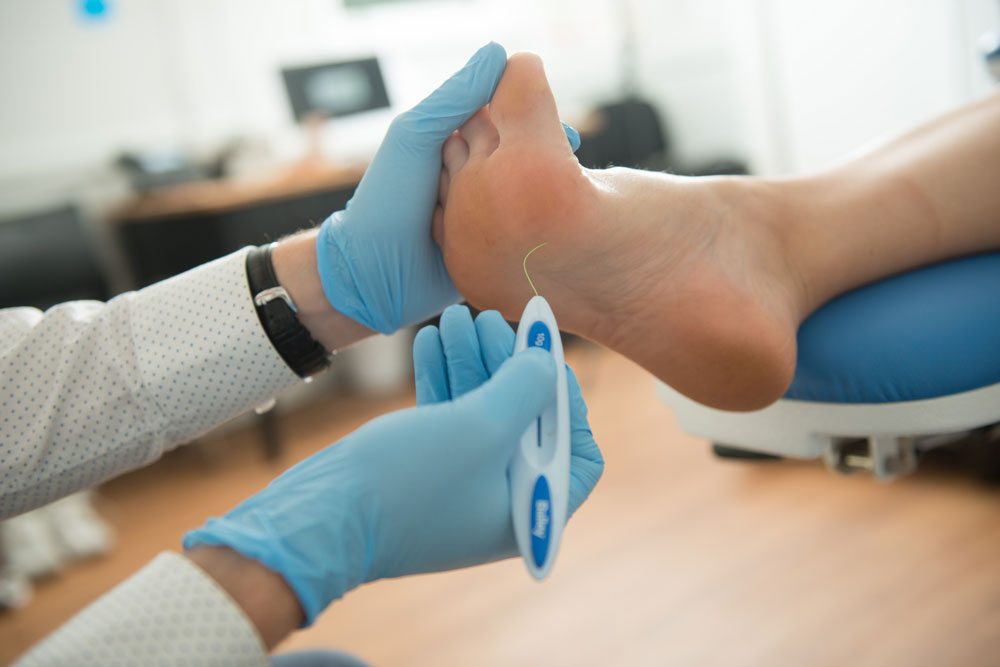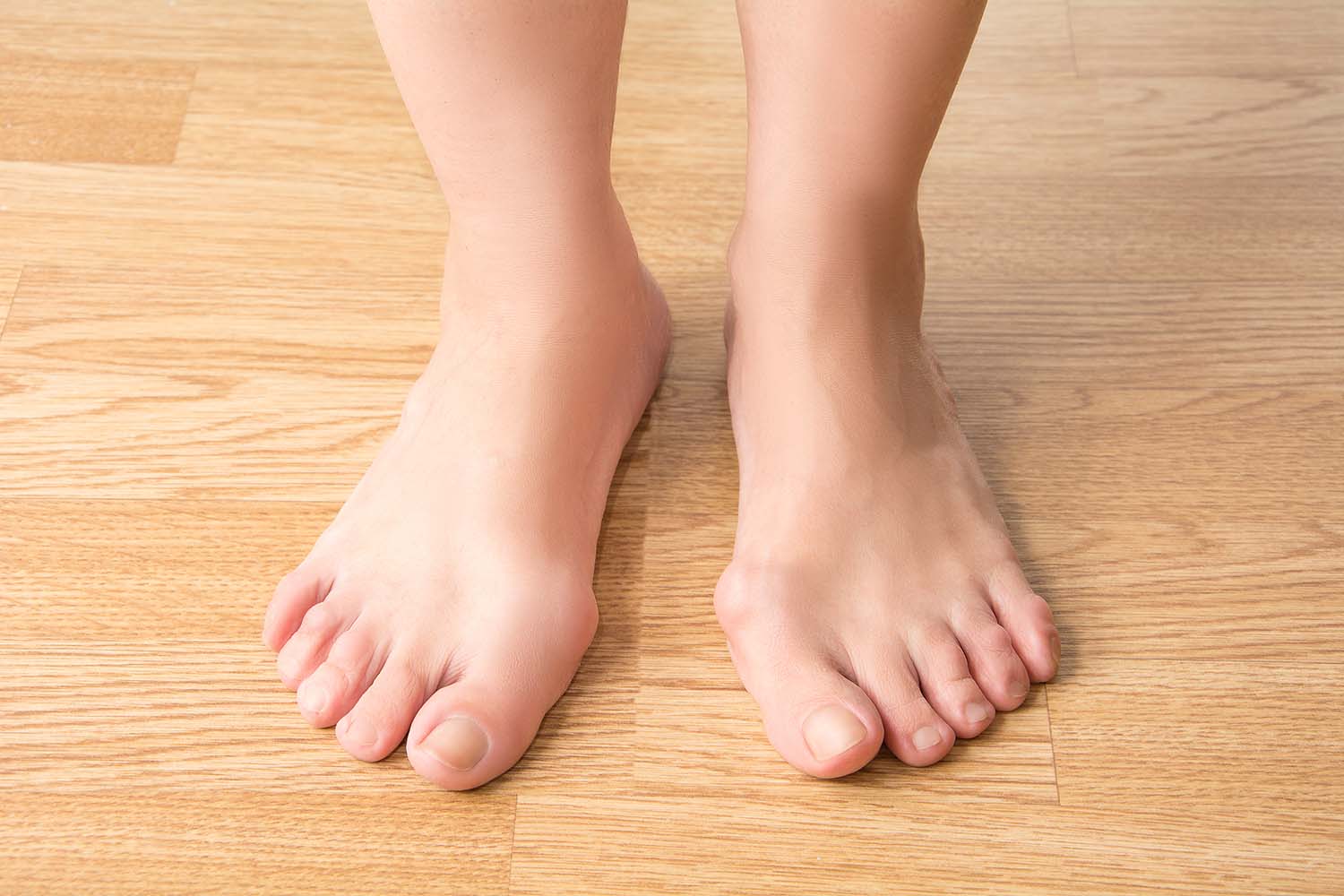Ingrown Toenails
Ingrown toenails are much more common than you might think and impact people of all ages. The condition is more commonly seen in athletes and teenagers (especially boys). The pain can begin as quite mild in the early stages but can quickly progress to intense levels if the impacted toenail becomes infected though lack of treatment. This pain level can even prohibit simple tasks such as walking, wearing enclosed shoes or joining in with sports.
What are Ingrown Toenails?
Ingrown toenails (medically referred to as onychocrytosis) are a common foot issue that we see regularly coming into the clinic at our podiatry clinic in Byron Bay. Ingrown toenails can occur on any toe but typically present on the big toe when the edge of the nail begins to grow into the skin. This can cause a break in the skin which can lead to tenderness, soreness, redness, bleeding, inflammation, pain, pus, and even a serious infection if left untreated.
Ingrown Toenail Causes
There are numerous causes that can increase your chance of developing an ingrown toenail. Regardless of successful treatment, it is important to correctly pinpoint the cause of any ingrown toenail as it could easily re-present later if the root cause has not been addressed. Common ingrown toenail causes include:
- Footwear: Wearing footwear that is too small, too shallow or too narrow which compress the nails, restricting room for growth.
- Toenail Trimming: Cutting your toenails incorrectly can lead to a part of the nail growing into the skin. Nails should ideally be cut along the contour of the toe or directly straight across. Never cut down into the edges.
- Sports: Playing a large amount of sport can lead to sweaty soft skin which can make you more susceptible to toenail damage. This excessive trauma from kicking sports such as football and soccer are common causes, along with stop and start sports such as netball, basketball and tennis.
- Genetics: For some people, the formation of how their nail grows genetically curves into the skin or becomes wider towards the top of the toe pushing out into the surrounding skin.
- Picking at Nails: Ripping, chewing and picking at nails can often result in ingrown nails forming. Poorly performed pedicures can also be a cause.
- Chubby Toes: If there is more skin around the nails than usual, it is more likely to be traumatised and pierced by the toenail as it grows.
- Oedema: Swelling in the feet which is caused by a build-up of liquid that can be caused by standing or sitting in the same position for extended periods, as well as eating too much salty food.
- Injury: Incidents like stubbing your toes or dropping something onto the foot.
- Hygiene and Foot Care: General poor foot hygiene and untreated fungus infections of the nails.
- Health Conditions: Obesity, diabetes, arthritis, hyperhidrosis (excessive sweating of the feet), bony/soft-tissue tumours of the toes and conditions causing leg welling like heart, kidney and thyroid problems.
- Foot Mechanics and Deformities: Having an abnormal gait or long toes, excessive pronation, bunions and hammertoes.
The above list highlights likely causes; however, there are key things to avoid which often worsen existing ingrown toenails. These include:
- Weighted blankets at night which add pressure to the nail area during sleeping.
- Pressure from footwear or even tight socks which can aggravate the condition.
- Leaving the condition untreated, leading to painful infection if the skin breaks.
Some people misdiagnose a fungal infection of the toenail for an ingrown toenail. A fungal infection may change the thickness, colouration, shape and texture of your toenail. These alterations in the nail can then lead to the secondary issue of an ingrown toenail, however, the primary issue of the fungus must also be treated. This alone is enough reason to seek out professional assistance to gain a proper diagnosis to ensure the treatment is accurate and timely.
Ingrown Toenail Prevention
Like anything pertaining to healthcare, when it comes down to it prevention is better than a cure. Here are some great self-caring ways you can decrease your chances of an ingrown toenail happening in the first place:
- Always trim your nails straight across and make sure you remember to file them so there are no rough or sharp edges.
- Place your foot next to your shoe and make sure that the front of your shoe isn’t narrower than your foot. Go for nice and wide so there is lots of wriggle room.
- Keep your feet clean and dry where possible and give them some air time after you’ve played sport.
Ingrown Toenail Home Treatment
Unlike other conditions, ingrown toenails are not self-healing and require the correct treatment. So if in doubt, seek a professional as interfering can worsen the situation.
The moment you register any toe pain, make it a priority to check the corner of the nail to see if there are any visible sharp edges or if the nail disappears into the flesh. This will usually be accompanied by some redness and swelling, with more advanced cases oozing puss. Here are some tips to try at home to manage a potential ingrown toenail.
- Soak your feet for 15 minutes a day in warm clean water and make sure that they are dried well afterwards.
- Stay away from narrow enclosed shoes until the redness and pain has subsided. Opt for open toed sandals or comfortable shoes with adequate toe room until the condition clears up.
- Apply an over-the-counter antiseptic cream or ointment to eradicate infection if necessary.
- Avoid at home self-surgery, this will potentially only make things worse.
- If you do not observe substantial improvement in a couple of days, or if the pain increases, book in an appointment with a medical professional immediately
Although not recommended, realistically many will attempt at home treatment before making an appointment with a podiatrist. There are certain scenarios, however, that means you are best advised to get the support of a medical professional straight away. These include if:
- You are unable to put any weight on the toe
- Your freedom of movement is impeded in any way
- You do not observe any improvement after a week
- You have diabetes, poor circulation, nerve damage in your leg or foot, are going through chemotherapy or any condition that causes poor wound healing
- There is a severe infection present
- Newly growing skin is beginning to grow over the ingrown nail (known as granulation tissue)
- You have a compromised immune system or poor circulation.
Infected Ingrown Toenails
Ingrown toenails and infection tend to go hand in hand. Feet often find themselves in situations that are warm, moist and devoid of natural light, especially in the colder months. This setting can be the perfect breeding ground for fungi and bacteria. The common culprits infecting ingrown toenails include staphylococcus, pseudomonas, dermatophytes, candida and trichophyton.
When there is a break in the skin from the ingrown toenail, these organisms can invade the area which leads to infection. It is imperative to treat these infections quickly to maintain healthy toenails and feet. Allowing a localised infection on the nail border (paronychia) can quickly advance to a deeper soft-tissue infection (cellulitis), which if still left untreated can turn into a bone infection called osteomyelitis. All of these potentially causing serious problems – completely unnecessarily – such as disfigurement and chronic pain.
Ingrown Toenail Treatment
At Northern Rivers Podiatry we first assess the toenail in question to identify the cause and best treatment option. If the ingrown toenail is in its early stages, then a conservative simple nail trimming will often be more than sufficient (as long as the cutting follows the correct shaping).
This involves removing the troublesome penetrating nail edge, ensuring there are no pieces or spicules left behind. It is very safe, quite fast and doesn’t require anaesthetic, unless you request it. Removing the offending part of the nail should provide instant relief with only the residual tenderness that will take some days to heal. In some cases though, a minor surgery for ingrown toenails can be very effective and highly likely to provide a permanent solution.
Ingrown Toenail Surgery
This option is particularly desirable for people who experience reoccurring ingrown toenails. There are two options, partial nail avulsion or total nail avulsion.
Partial Nail Avulsion (PNA)
This involves a local aesthetic that we skilfully administer to ensure the surgery is pain free. The problematic small portion of the nail is removed and then a chemical is applied to prevent that section of nail growing back through the nailbed. The recovery time can take approximately 3-6 weeks. After the vast majority of procedures, you will maintain a fairly normal nail appearance. One side of the nail will simply look a little shorter and straighter than its counterpart.
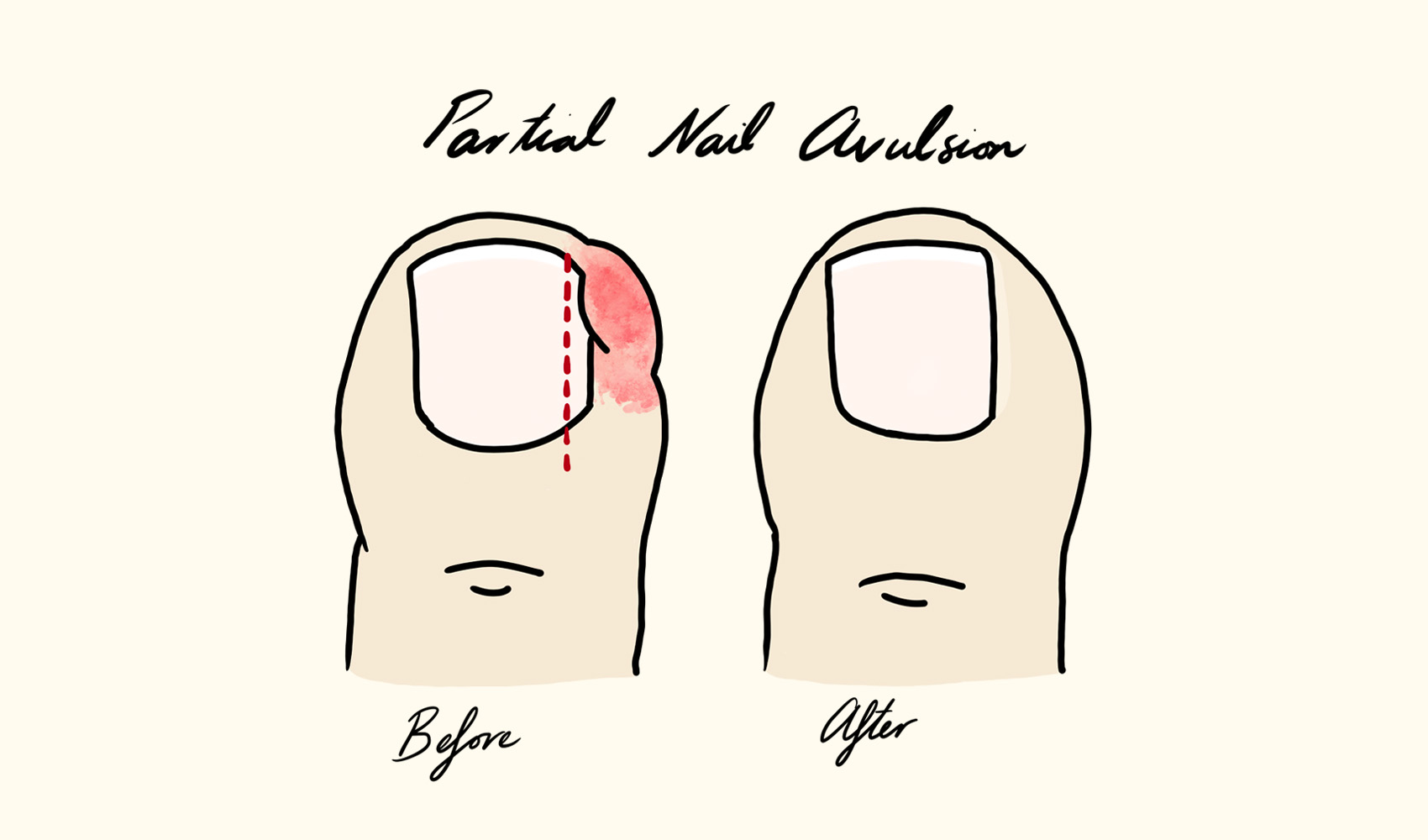
With an over 90% success rate, the benefits of this procedure are numerous, including:
- No stitches required
- Most of the nail remains
- Relatively fast healing
- Cost-effectiveness
- A permanent solution to the problem
- Pain free during the procedure with minimal post-operative pain
- We provide excellent post-operative care and monitoring.
Total Nail Avulsion (TNA)
This involves removing the entire nail and is used in instances where the nail is severely deformed and causing pain on both edges of the toe. This is usually in instances where there is a large curvature at both sides of the nail. Through the total removal, the patient can opt to have the nail grow back normally, or not grow back at all depending on the method used to match the circumstance.
If it is elected for that nail to grow back afresh, it will usually take approximately 12 months to do so. It is worth noting that how the nail regrows is entirely dependent on the patient’s nail growing cells and not something a podiatrist can control. However, at Northern Rivers Podiatry we can provide an expert recommendation based on the unique circumstances of each person.
The benefits of removing the entire nail include:
- It is a minor surgery that is carried out in our clinic and not the hospital
- A short procedure time, lasting approximately 40-60 minutes
- Pain free during the procedure with minimal to no post-operative pain
- No need to take time off work or school
- There is little post-operative pain but painkillers can be utilised with confirmation from a medical specialist
- We provide excellent post-operative care and monitoring
Specialised Ingrown Toenail Treatment from your local Byron Bay Podiatrist
It’s true there any many types of paediatricians, doctors, family physicians, dermatologists and other medical professionals that can treat ingrown toenails. It is worth noting, however, that our Byron Bay podiatrists are not only uniquely qualified but extremely experienced in dealing with ingrown toenails on a daily basis. Our clinic is also equipped with world-class modern instruments required to perform PNA and TNA.
Although fairly common, it’s vital that ingrown toenails aren’t treated with complacency or delay. It may seem like a small problem, but an infected ingrown toenail can quickly escalate and cause more serious problems. So, if you think you have an ingrown toenail, don’t put up with the pain and come see us in the clinic so we can resolve your toenail woes!
Contact Us
"*" indicates required fields
